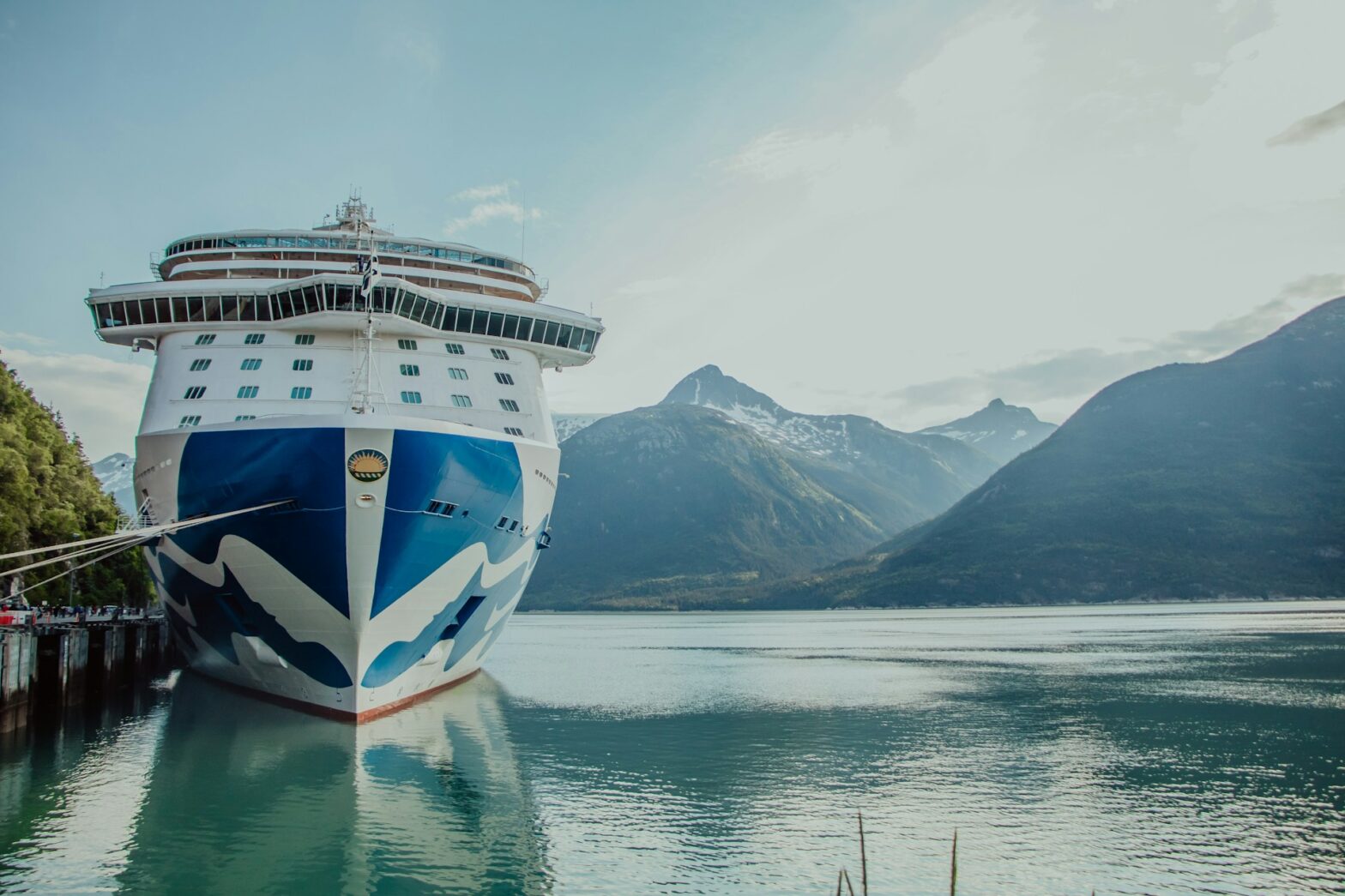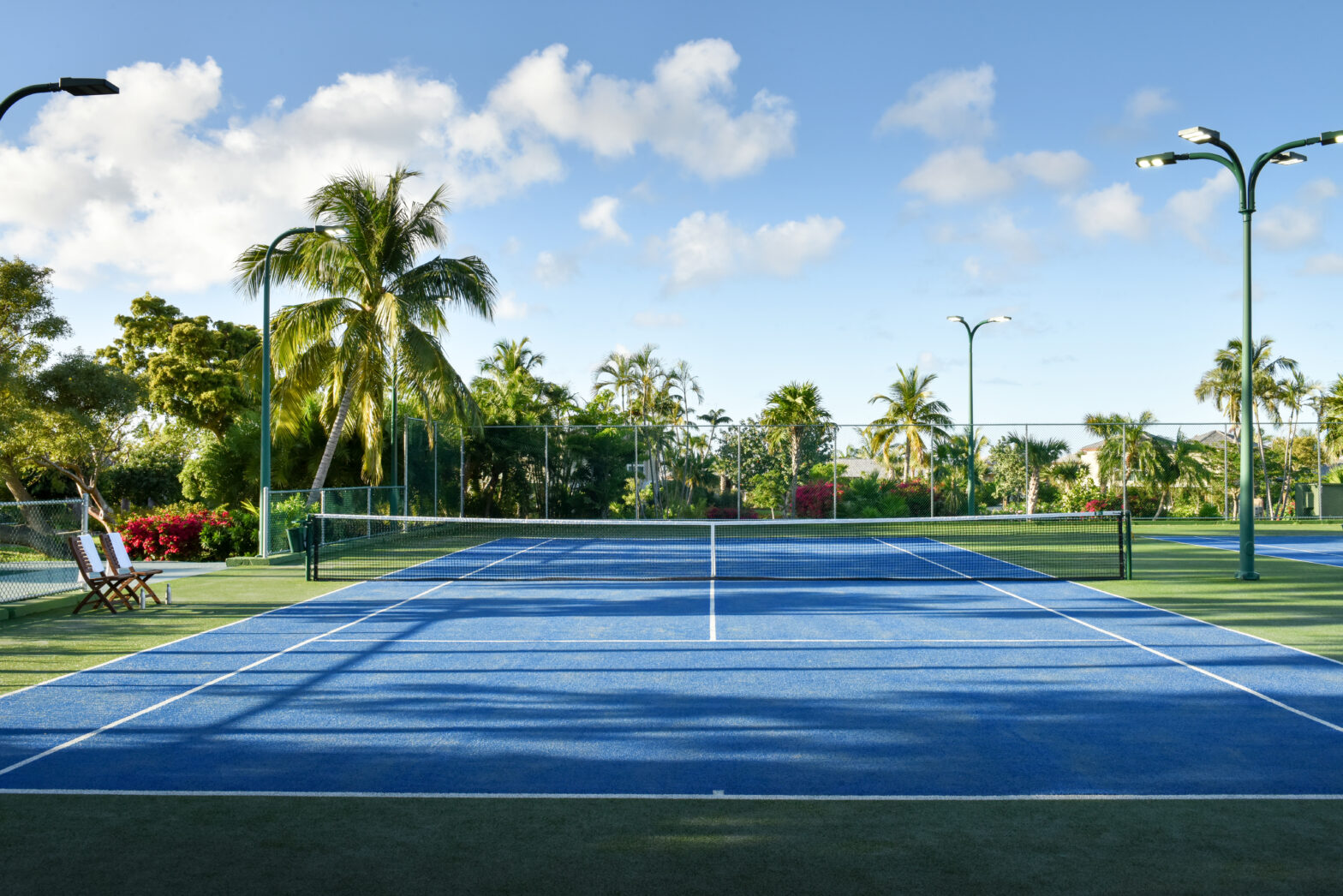June is one of the best times of the year to visit Alaska, especially on a cruise that takes you around its stunning landscape. The weather in Alaska in June is relatively mild and conducive to outdoor activities, with long daylight hours and generally pleasant temperatures. June in this beautiful state is also a great time for wildlife viewing, where you can see migrating whales, bears emerging from hibernation and abundant birdlife. However, regardless of it being summertime, Alaska is still mostly a cold and wet environment you’ll have to prepare for. Not sure what to wear to an Alaska cruise in June? Here is a comprehensive guide to help you pack.
Alaska’s General Climate in June
What to wear to an Alaska cruise in June depends on the weather. However, the weather during this time can be quite unpredictable, so you need to be ready for anything. The weather in Alaska in June can vary significantly depending on the region, but it generally marks the beginning of the warmer and drier summer season. Still, you can experience the temperature going up and down throughout the day as well as unexpected rainfall.
Temperature:
- Daytime Highs: Typically range from the mid-50s to the low 70s Fahrenheit (10-22°C).
- Nighttime Lows: Usually fall between the 40s and 50s Fahrenheit (4-10°C).
Precipitation:
- Rainfall: June is one of the drier months, but rain is still possible, especially in coastal areas and rainforests.
- Snow: Unlikely in most areas, though higher elevations and some glaciers may still have snow.
Daylight:
- Long Days: June in Alaska experiences the phenomenon of the Midnight Sun, particularly as you go further north. This means extended daylight hours, with some areas seeing 18-24 hours of daylight.
What To Wear to an Alaska Cruise in June
Overall Tips
- Dress in Layers: This allows you to adjust your clothing as temperatures change throughout the day.
- Opt for Waterproof Options: If you can find a waterproof version of an item of clothing you want to bring, choose that as you will be up against rain, ice, mist and more throughout your trip.
- Pack Versatile Items: Choose clothing that can be mixed and matched for different looks and conditions.
Clothing Layers
Removable layers are probably the most important items to make room for when deciding what to wear to an Alaska cruise in June. Alaska’s June weather is notorious for its varying temperatures not just from day to day, but also throughout the day. Having multiple layers for unexpected, colder days but enough to remove some as it warms up is ideal.
Base Layer:
- Moisture-wicking underwear and socks: Moisture-wicking fabrics are designed to pull sweat away from your skin, keeping you dry. This is important because wet clothing can lead to rapid heat loss and make you feel much colder. Keeping your skin dry also reduces the risk of fungal infections, which can occur in damp conditions. Additionally, moisture-wicking materials often have antimicrobial properties, reducing odor caused by sweat.
- Thermal tops and bottoms for colder days: Good thermal clothing is made of lightweight, breathable material that simultaneously insulates the body while absorbing moisture from sweat.
Mid Layer:
- Long-sleeve shirts and sweaters: Over your thermal under-layers should go a nice sweater or long-sleeve. They come in various materials (cotton, wool, synthetic blends), offering options for different weather conditions and personal comfort preferences.
- Fleece jackets or vests: These items, especially vests, are perfect for mid-ranged weather days where you want to keep your body warm without overheating. Fleece is known for its excellent insulating properties while remaining lightweight. This makes wearing either of the two clothing items ideal for layering without adding unnecessary bulk.
Outer Layer:
- Waterproof and windproof jacket: These jackets are essential to protect against the wind and rain. Additionally, the coasts and open deck areas on cruise ships can get quite windy. A windproof jacket prevents that cold wind from penetrating your layers and chilling you.
- Waterproof pants: Waterproof pants are also great for the rain and wind through almost any outdoor excursion you may embark on. Also, when cruising near glaciers or doing boat tours/excursions, you may encounter sea spray. Waterproof pants prevent you from getting soaking jeans or other materials that are uncomfortable when wet.
Additional Clothing
- Warm Hats: Opt for warm insulated beanies or caps made from wool or fleece. Wind-resistant hats with ear flaps, rain hats or bucket hats are also good options.
- Gloves: Insulated waterproof gloves or mittens are best for keeping your hands dry and warm. They are even better if they have fingertip pads that allow you to use your phone or other electronics without having to take them off.
- Swimsuit: If you have room, bring a swimsuit or two as some cruises have heated pools or hot tubs.
- Scarf or Buff: These items may seem overkill, but you are not going to want to forget them. Pack fleece scarves or buffs that can be worn around the neck or pulled up over the face for the potential chilling winds.
Footwear
- Sturdy Walking Shoes or Hiking Boots: Many of the hiking trails, nature walks, and outdoor excursions in Alaska involve uneven, rocky, muddy, or slippery terrain. Shoes/boots with good grip and traction on the soles prevent slips and falls. Hiking boots that provide ankle support are helpful when walking over unstable ground with roots, rocks, etc. This reduces the risk of rolling/twisting an ankle.
- Waterproof Shoes: With potential rain, stream crossings, or wet conditions, waterproof or water-resistant shoes/boots help keep your feet dry and comfortable.
- Comfortable Shoes: Shoes designed for significant walking have cushioning and support that helps prevent foot fatigue when doing a lot of walking during Alaska port stops.
Accessories
- Sunglasses: For protection against glare from water and ice. Again, Alaska experiences over 15 hours of daylight in June, so make sure you are protecting your eyes throughout the day. This also means you should pack plenty of sunscreen regardless of the temperature.
- Binoculars: You will get some great opportunities for wildlife viewing with all that daylight and the warmer temperatures favored by animals, so pack a good pair of binoculars.
- Waterproof Bag or Cover: With all the unpredictable rain, you can never have enough waterproof items. Ensure the bag or daypack that you take everywhere with you on your trip is water resistant to protect your essential items.





